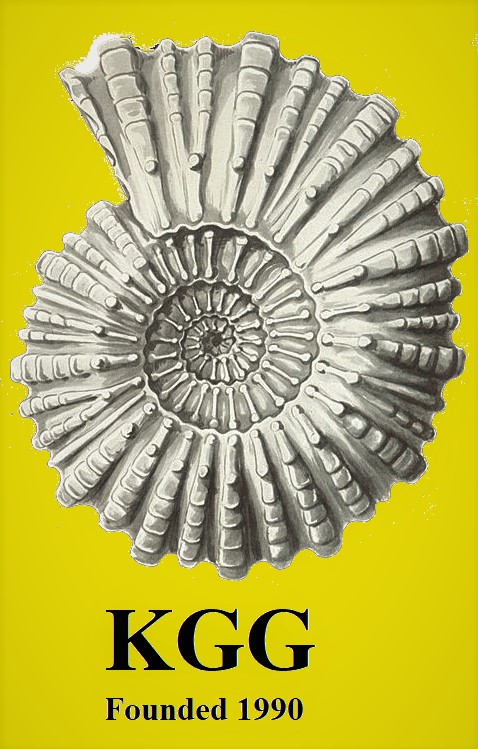
|
KENT GEOLOGISTS' GROUPWhat is Luminescence |

|
What is Luminescence?
Luminescence is the phenomenon in which a material emits visible light when subjected to an energy input. There are different types of luminescence. Some are described below:-
Triboluminescence
Light emitted when a material is struck or broken.
Can be seen, in the dark, when some Feldspars are
struck with a geological hammer.
Thermoluminescence
Light emitted when a material is heated. Common
examples are metals heated to 'red-heat' and light
emitted by molten glass.
Fluorescence
Light emitted when a material is subjected to
ultraviolet (UV) radiation. This is the
luminescence of most interest to mineral collectors
as many mineral specimens fluoresce and the colours
cover the full spectrum of visible light, from rich
red through brilliant yellows and greens to blue
and violet.
| More Information on Fluorescent Minerals | Why Collect Minerals? |